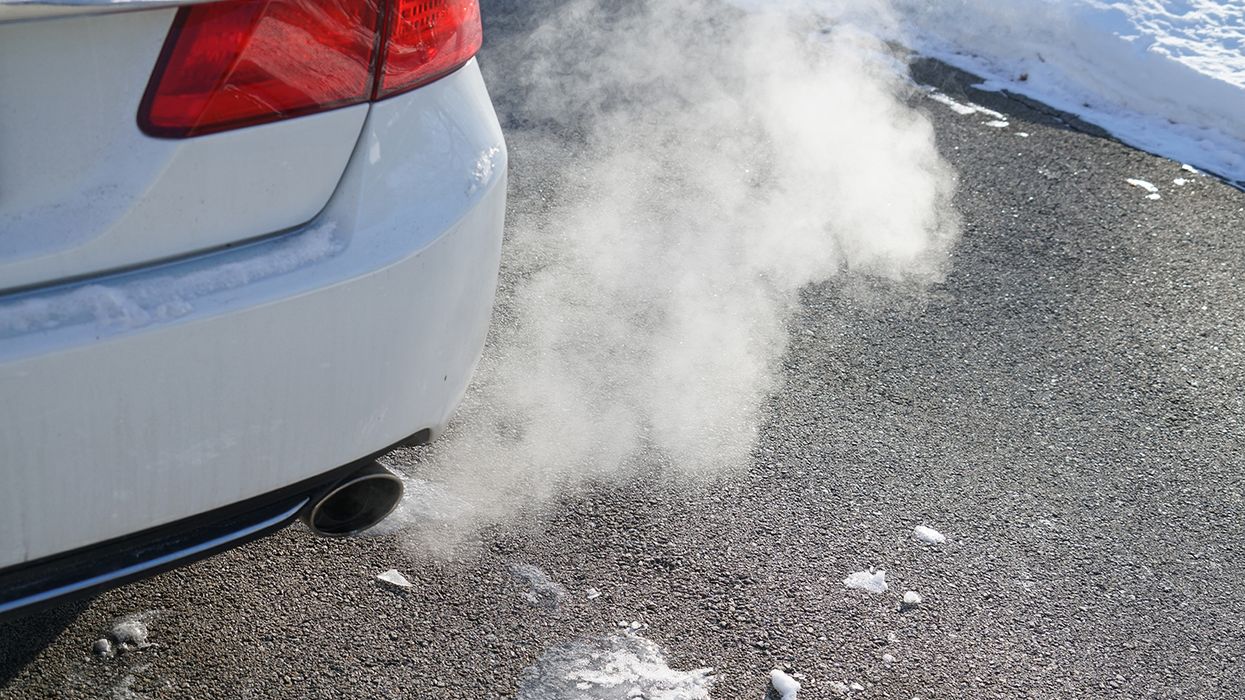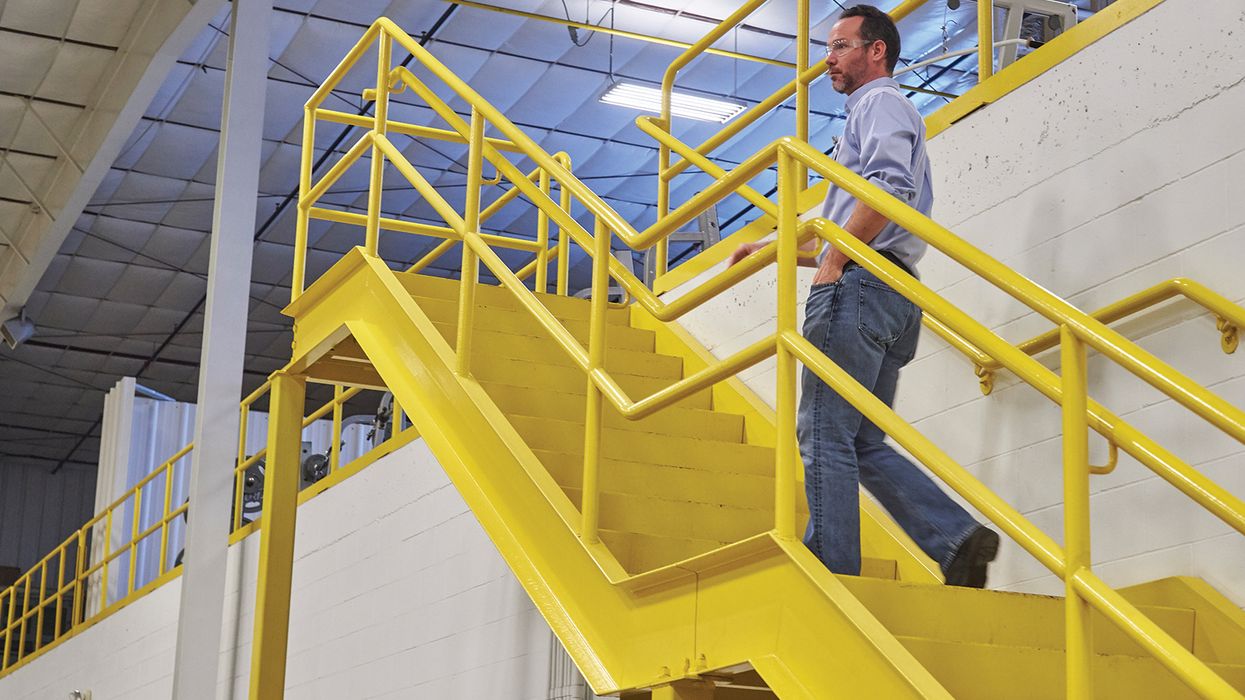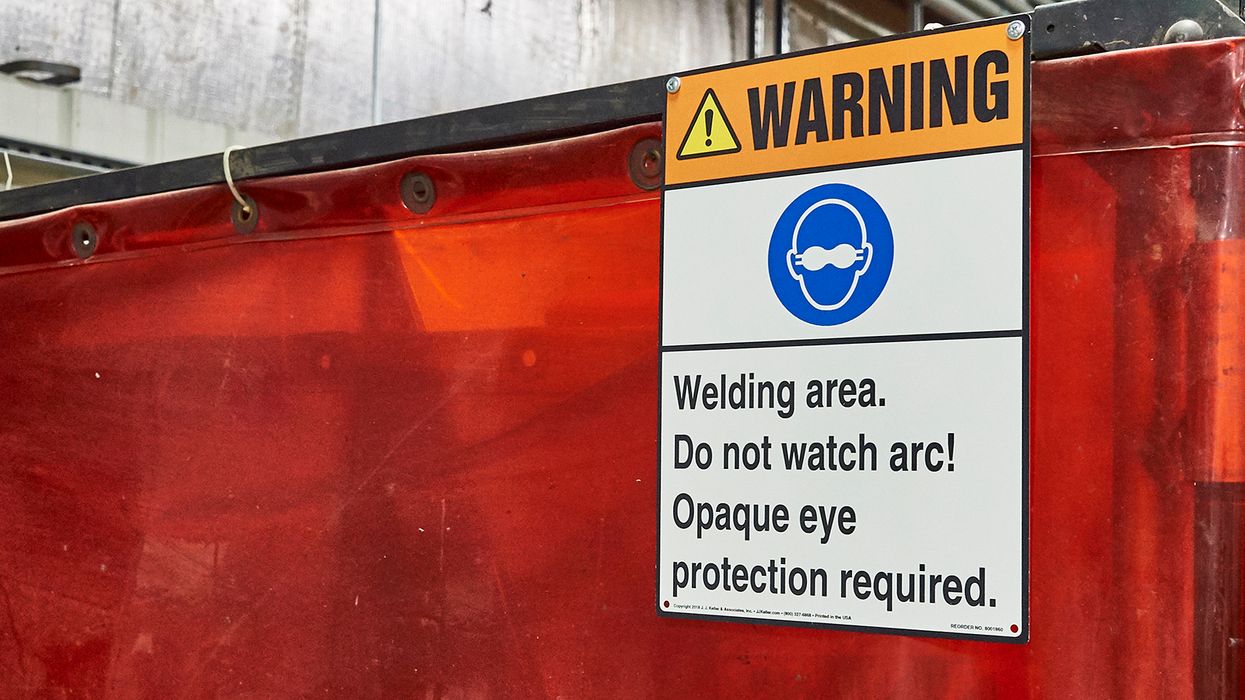Bill to restore ergonomics column to Form 300 and offer safeguards for meat packers
While a new Senate bill mostly puts meat plants in the OSHA cross hairs, it also would force the agency to finalize its rule to bring back the musculoskeletal disorder (MSD) column on the OSHA 300 Form — something that would impact any establishment that has to keep OSHA injury and illness logs.
If passed, the Protecting America’s Meatpacking Workers Act (PAMWA), S. 270, legislation reintroduced by Senator Cory Booker (D-NJ), would require several occupational health standards to be issued for meat and poultry processing plants, including a:
- MSDs standard,
- Medical treatment referrals standard,
- COVID-19 emergency temporary standard (ETS), and
- Infectious diseases final standard.
“Covered establishments” would include those subject to inspection under the Federal Meat Inspection Act or the Poultry Products Inspection Act, but one provision in the latest legislation related to the MSD column would affect all employers covered by 29 CFR 1904 recordkeeping.
MSD column on OSHA 300
A proposal to restore an MSD column to the Form 300 was issued on January 10, 2010. However, under the PAMWA, OSHA would be mandated to finalize the rule within one year. The rule covers all entities, not just meat packing establishments, that fall under the injury and illness recordkeeping provisions at Part 1904.
According to the proposal, MSDs are disorders of the muscles, nerves, tendons, ligaments, joints, cartilage, and spinal discs. MSDs do not include disorders caused by slips, trips, falls, motor vehicle accidents, or other similar incidents, the proposal explains.
MSDs standard for meat packing
The bill also calls on OSHA to finalize an MSDs rule for meat processing plants within 2.5 years, an ambitious timeline for any OSHA rulemaking. Under the rule, covered establishments would have ergonomics program requirements for:
- Identifying hazards and performing job evaluations;
- Controlling hazards based on the hierarchy of controls;
- Training employees in activities, risk factors, control measures, and symptoms of MSDs;
- Managing employee reports of MSDs;
- Providing first aid for MSDs; and
- Evaluating and referring employees for medical attention.
Medical treatment referrals standard for meat packing
No later than one year after enactment of the legislation, OSHA would finalize a rule to ensure the person trained to render first aid per 29 CFR 1910.151 for covered establishments also:
- Refers employees to an appropriate medical professional of the employee’s choice when they report injury/illness that requires medical treatment;
- Provides for consultation services through a physician who is board-certified in occupational medicine; and
- Complies with the licensing requirements for licensed practical nurses or registered nurses in the state where the establishment is located.
COVID-19 ETS and infectious diseases final standard for meat packing
Within seven days after the date of enactment of the PAMWA, OSHA must issue an ETS to protect all employees, contractors, and temp workers from work exposure to SARS-CoV-2 at covered establishments.
The ETS would remain in effect until a final standard is promulgated, and a final standard is required to be published within two years of enactment of the legislation. OSHA would issue the final rule to protect workers at covered establishments from not just COVID-19 but any occupational exposure to infectious pathogens, including airborne and novel pathogens.
According to the Senate bill, both the ETS and final standard would call for:
- An exposure control plan,
- Recording and reporting of each work-related COVID-19 infection and death,
- Reduced meat/poultry processing rates to achieve social distancing and health protections,
- No less protection for novel pathogens than those mandated by any OSHA-authorized state-plan state, and
- Incorporated CDC, NIOSH, and OSHA guidelines and scientific research, as appropriate.
Onsite chemical disclosure
Establishments covered by PAMWA would also need to disclose to each employee or contract/subcontract employee all chemicals used at the site where the person works, and the disclosure would be offered in the native language of the person.
OSHA inspections
The bill further mandates OSHA to implement targeting programs in every state where covered establishments are located. Agency inspectors would search for:
- Amputation hazards,
- Ergonomics issues,
- Hazards related to line speeds,
- Bathroom break issues,
- Use of chemicals such as peracetic acid and antimicrobials, and
- Hot or cold working conditions.
Note that OSHA inspectors would verify that employees are allowed to use a toilet facility when needed, are compensated for bathroom breaks, are provided an adequate number of toilets, and are not restricted by unreasonable bathroom-break waiting lists or extended delays related to signing out a key for the bathroom.
Keys to remember
Senate bill S. 270 aims to provide greater work protections for meat and poultry processing workers. One provision on the MSD column of the OSHA 300 Form impacts all employers covered by Part 1904, not just meat packing establishments.






























































